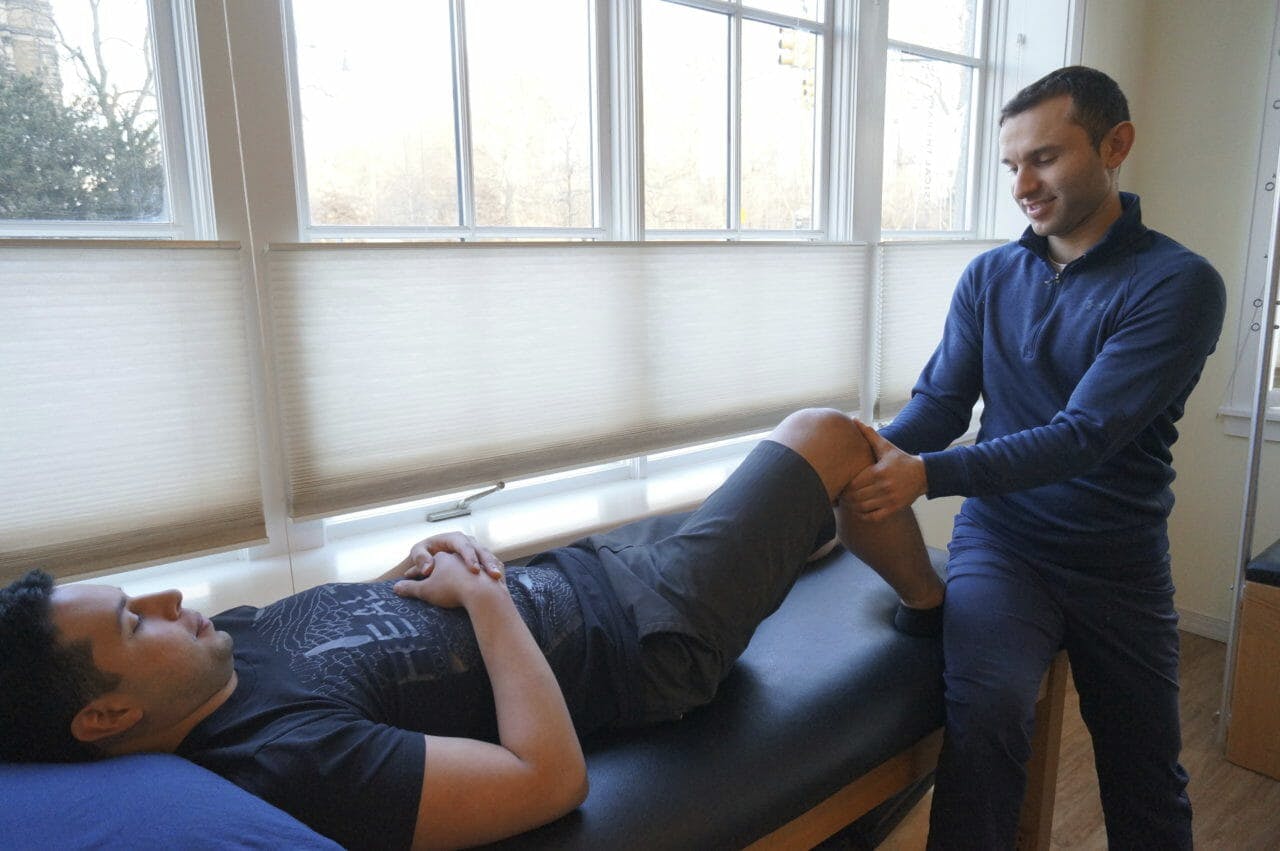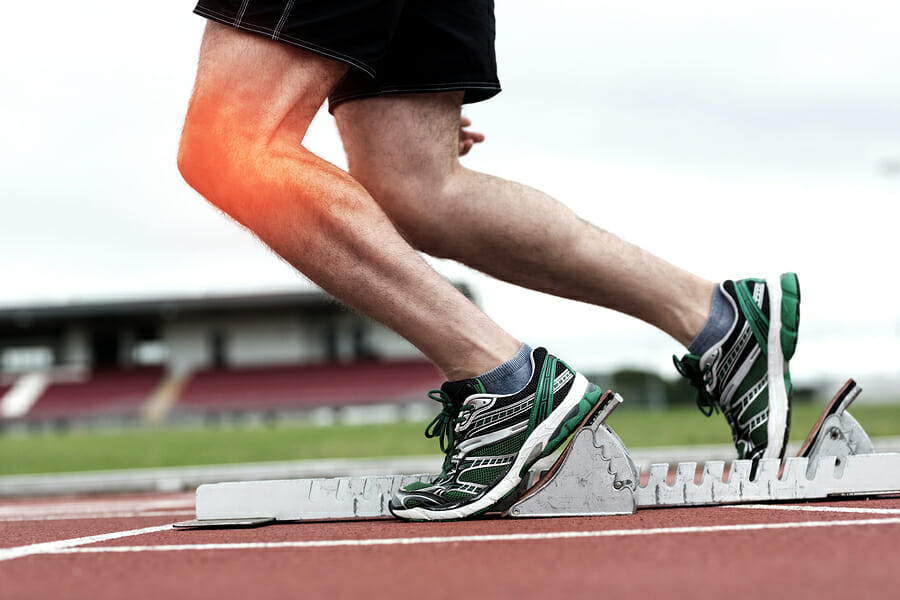By Boris Gilzon, PT, DPT, OCS, CHT
In a 2006 health survey conducted by the National Health Interview Survey (NHIS), knee pain was reported as the second most common cause of chronic pain in America.
Another surprising statistic comes from the Society for Academic Emergency Medicine. They reported that “the knee is the most commonly injured joint by adolescent athletes with an estimated 2.5 million sports-related injuries presenting to [Emergency Departments] annually.”
Some studies even show us that there has been an increase in the amount of knee replacement procedures over the last few years. Researchers say this is caused by two major factors: the first being the obesity epidemic and the second being that we are living longer lives. While living longer is great, it also puts more years of wear and tear on our bodies which can lead to osteoarthritis.
So what can you do to prevent knee pain or if you already suffer from knee pain, how can you better manage it and get out of pain?
The knee joint can only move in one plane, like a door hinge, and does not accommodate well to external stress that falls outside of its natural axis. For example, imagine being pushed from the side while your feet are firmly planted. This is the most common mechanism leading to a knee injury. Anterior Cruciate Ligament (ACL) injuries, as well as meniscus tears, normally occur this way.
The knee joints bear multiples of your body weight in running and jumping. Climbing up the stairs, for example, loads your knee joint 2.5 times your body weight.
The knee is considered a biomechanical link between the hip and the ankle/foot complex. Dysfunction in any of these joints can negatively affect the others in the chain. Repeated abnormal stress can take a toll on the knee joint.
Knee pain is one of the most common conditions our therapists treat in our clinics. Our therapists know how to take care of a variety of injuries and conditions for people of all ages. Early intervention of knee pain will improve your quality of life, mobility, and prevent loss of muscle strength and instability.
Types of Knee Injuries
There are two categories that a knee injury can fall into: 1) acute/traumatic and 2) chronic/repetitive stress. Acute injuries are when the incidents occur immediately, like a fall, car accident, landing in a strange way, twisting/pivoting quickly, etc. Many sports injuries, especially sprains and strains, fall under this category.
Chronic injuries are caused by repetitive stress over a long period time. Poor posture and/or body mechanics can play a major role in chronic conditions. Physical therapy can be very beneficial in correcting these issues.
Osteoarthritis

Knee pain can be caused by degenerative changes in osteoarthritis. Arthritis is when the cartilage cushioning the bones wear down leading to swelling, stiffness, and pain.
Unfortunately, in the cases of the knee pain due to severe osteoarthritis, Physical therapy intervention is limited and one should consult with an orthopedic doctor to assess whether a total knee replacement is appropriate.
Knee pain is more commonly seen in people who do not yet have visible arthritic changes on radiographic examination. Those people are engaged in various physical activities while struggling with the knee pain during and after the activity.
Anterior Knee Pain aka Runner’s Knee

Anterior knee pain or the “Runner’s Knee” is related to an abnormal motion of the kneecap in the trochlear groove. It causes an irritation and eventual wearing out of the cartilage on the back of your kneecap. The knee pain gets worse when you first stand up, run and going downstairs. The knee pain worsens while performing your physical activity.
Patellar Tendonitis aka Jumper’s Knee

Patellar tendonitis, also known as “Jumper’s Knee,” is another activity related condition that is caused by repetitive motion. The knee pain, in this case, originates in the patellar tendon. A structure that connects your quadriceps muscle to the lower leg through the kneecap. When your quadriceps muscle is overloaded it causes an inflammation of the tendon, thus contributing to the knee pain. The symptoms are usually more pronounced when you are at rest and when you initiate your activity. In more severe and chronic cases the knee pain prevents you from participating in sports.
Knee Pain Rehabilitation and Treatment

The key in the rehabilitation of the knee pain is a correct biomechanical analysis of your kinetic chain. An exercise regimen performed at the proper angles and positions. Prescribed activities help to avoid further irritation of the joint and yet strengthening the weak elements. If you suffer from the knee pain, it does not mean that you need to halt your physical activities. Physical Therapist at Park Sports have the tools and knowledge to get you ‘back in the game”.
Do you currently suffer from knee pain? We can help. Get started by filling out the form below.
Fill out my online form.
.png?auto=format&auto=compress&h=150)
